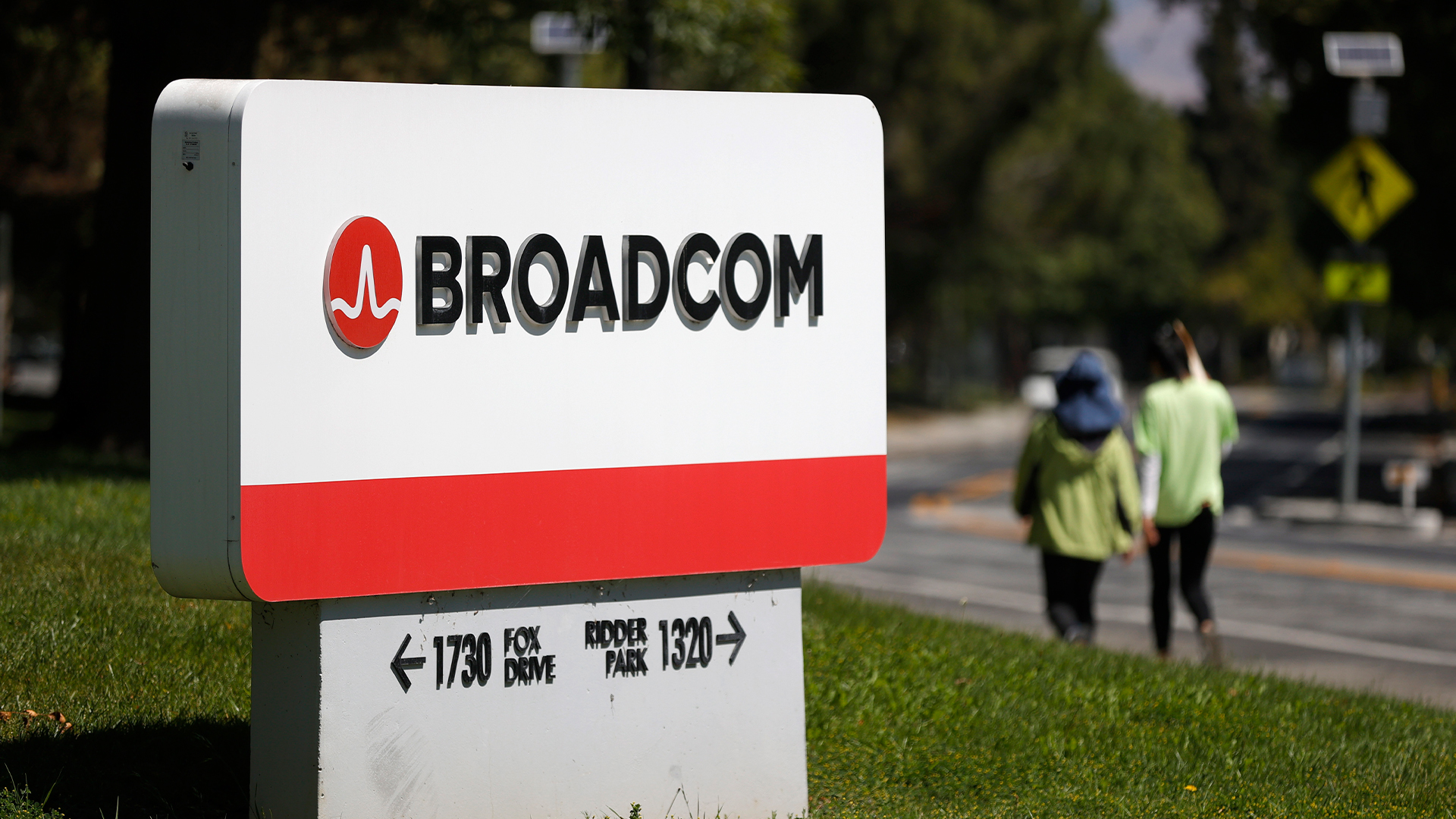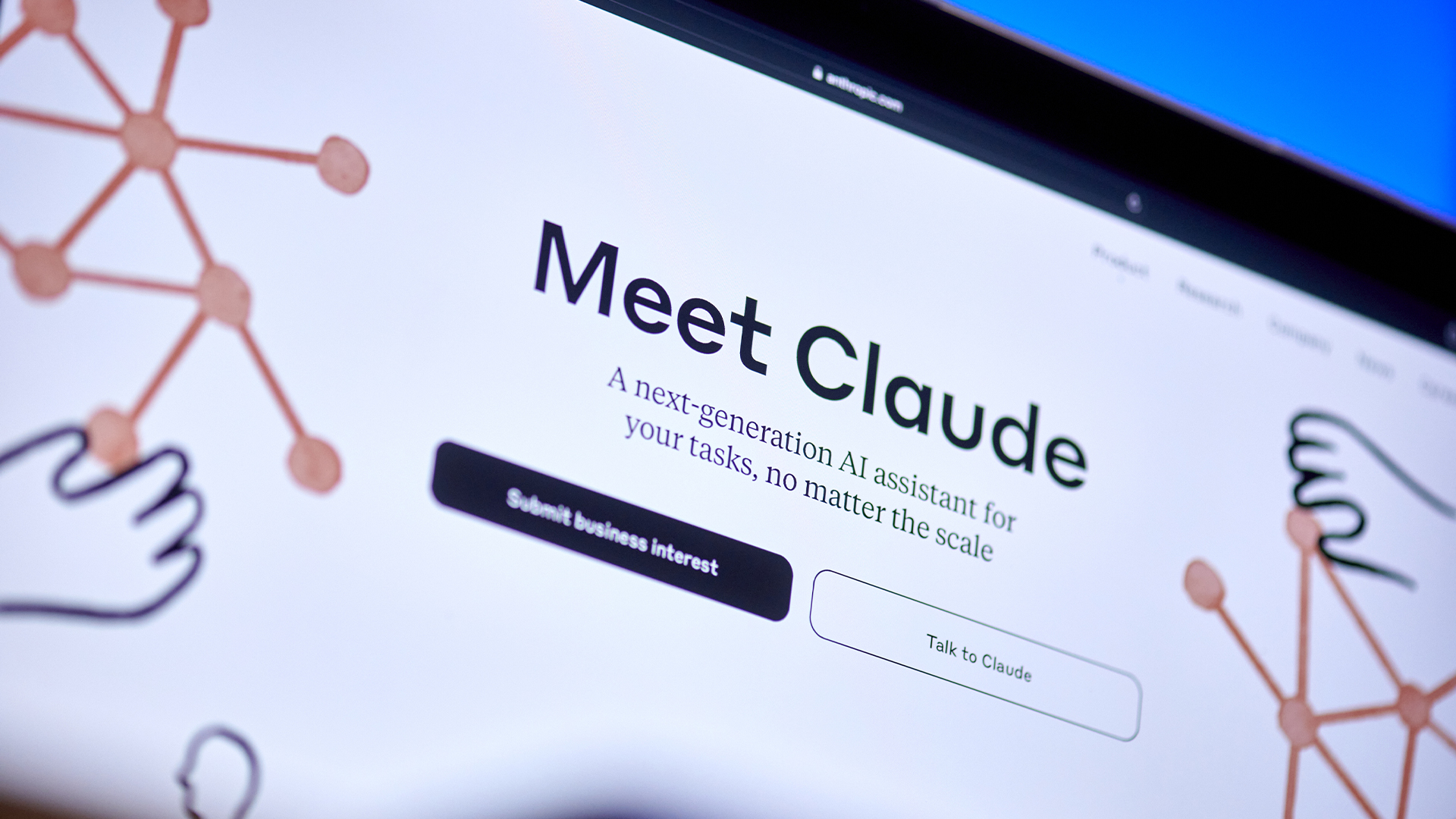Governments 'will react slowly' to Stuxnet clones
Governments across the globe will not react fast to a rise in Stuxnet-like threats in 2011.


Governments will be slow to respond to a rise in Stuxnet-like attacks coming in 2011, a security firm has warned.
Taking inspiration from Stuxnet, increasing numbers of threats will target critical infrastructure next year, Symantec said.
However, it is unlikely governments across the world will implement new legislation around critical infrastructure protection (CIP) in that year, the firm claimed.
The US in particular will most likely fail to issue new laws, Symantec's Kevin Haley suggested in a blog.
"It's unlikely that the US government will pass CIP legislation in 2011. Evidence of this is the widespread changeover that recently happened in the US Congress and the current presidential administration's lack of indication that it will be making CIP a priority," Haley said.
"CIP legislation and government initiatives in other countries face similar challenges."
While legislation may not be too quick in coming to deal with critical infrastructure threats, providers will move to improve their security, Symantec claimed.
Sign up today and you will receive a free copy of our Future Focus 2025 report - the leading guidance on AI, cybersecurity and other IT challenges as per 700+ senior executives
"Expect to see these providers move forward with cyber security precautions," Haley explained.
"These precautions will focus not only on simply combating an attack, but on resiliency to survive an attack. This will include backup and recovery, encryption, storage and information management initiatives."
Stuxnet, believed to be the most sophisticated piece of malware ever seen, emerged earlier this year and similar threats will appear in greater numbers in 2011, Symantec suggested.
"We expect them to take the lessons learned from Stuxnet - the most significant example to date of a computer virus designed expressly to modify the behavior of hardware systems to create a physical, real-world impact - and launch additional attacks targeting critical infrastructure over the course of 2011," Haley added.
"Though slower to start, expect the frequency of these types of attacks to increase as well."
Earlier this week, Symantec announced a breakthrough in its Stuxnet research.
The firm discovered the malware was targeting frequency converters, which can be found in industrial control systems and are used to control motors in industrial plants.
In particular, Stuxnet was found to target very high frequencies, which very few industries use one of them being uranium enrichment.
Tom Brewster is currently an associate editor at Forbes and an award-winning journalist who covers cyber security, surveillance, and privacy. Starting his career at ITPro as a staff writer and working up to a senior staff writer role, Tom has been covering the tech industry for more than ten years and is considered one of the leading journalists in his specialism.
He is a proud alum of the University of Sheffield where he secured an undergraduate degree in English Literature before undertaking a certification from General Assembly in web development.
-
 Cyber resilience in the UK: learning to take the punches
Cyber resilience in the UK: learning to take the punchesColumn UK law now puts resilience at the centre of cybersecurity strategies – but is legislation simply catching up with enterprise understanding that resilience is more than just an IT issue?
-
 CISPE claims European Commission gave Broadcom a ‘blank cheque to raise prices, lock-in, and squeeze customers’ with VMware deal
CISPE claims European Commission gave Broadcom a ‘blank cheque to raise prices, lock-in, and squeeze customers’ with VMware dealNews Cloud providers have issued a formal response to the General Court of the European Union after the Commission defended its approval of the deal
-
 ‘A major step forward’: Keir Starmer’s £187 million tech skills drive welcomed by UK industry
‘A major step forward’: Keir Starmer’s £187 million tech skills drive welcomed by UK industryNews The ‘TechFirst’ program aims to shore up the UK’s digital skills to meet future AI needs
-
 Government’s ‘Humphrey’ AI tool helps local authorities cut costs
Government’s ‘Humphrey’ AI tool helps local authorities cut costsNews The Minute tool, part of the Humphrey AI assistant, is being trialled at 25 councils
-
 Starmer bets big on AI to unlock public sector savings
Starmer bets big on AI to unlock public sector savingsNews AI adoption could be a major boon for the UK and save taxpayers billions, according to prime minister Keir Starmer.
-
 UK government targets ‘startup’ mindset in AI funding overhaul
UK government targets ‘startup’ mindset in AI funding overhaulNews Public sector AI funding will be overhauled in the UK in a bid to simplify processes and push more projects into development.
-
 UK government signs up Anthropic to improve public services
UK government signs up Anthropic to improve public servicesNews The UK government has signed a memorandum of understanding with Anthropic to explore how the company's Claude AI assistant could be used to improve access to public services.
-
 The UK’s AI ambitions face one major hurdle – finding enough home-grown talent
The UK’s AI ambitions face one major hurdle – finding enough home-grown talentNews Research shows UK enterprises are struggling to fill AI roles, raising concerns over the country's ability to meet expectations in the global AI race.
-
 US government urged to overhaul outdated technology
US government urged to overhaul outdated technologyNews A review from the US Government Accountability Office (GAO) has found legacy technology and outdated IT systems are negatively impacting efficiency.
-
 Government urged to improve tech procurement practices
Government urged to improve tech procurement practicesNews The National Audit Office highlighted wasted money and a lack of progress on major digital transformation programmes
